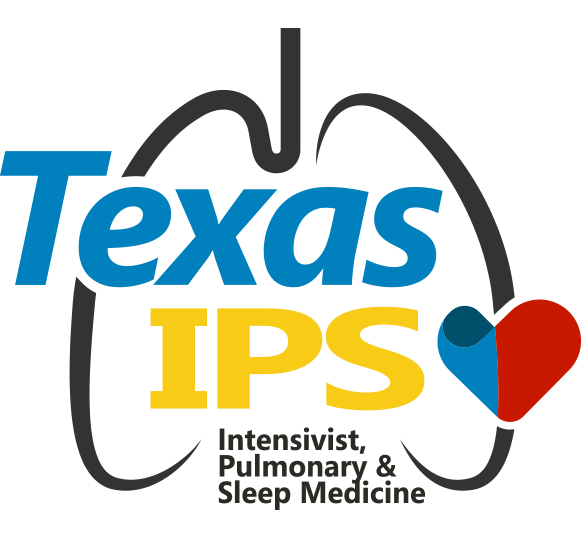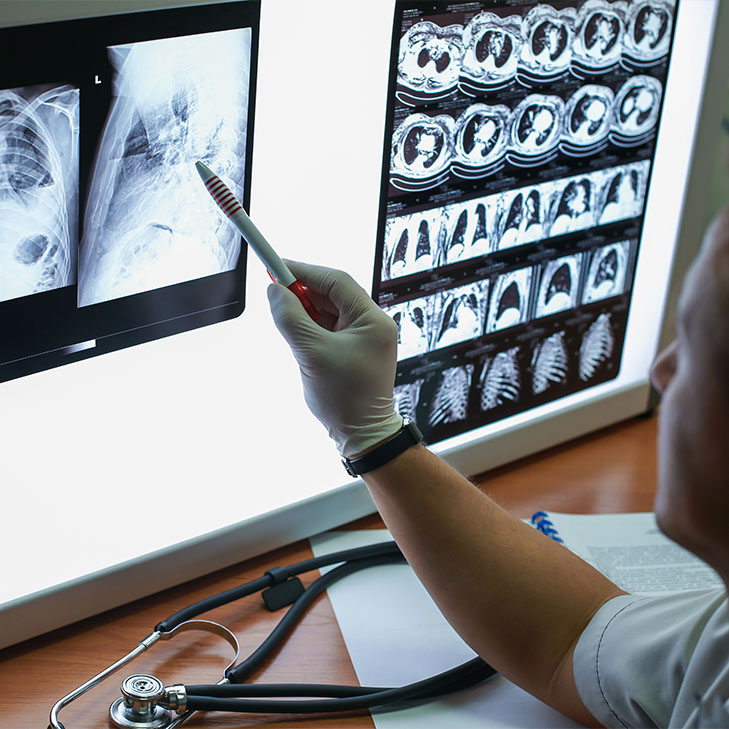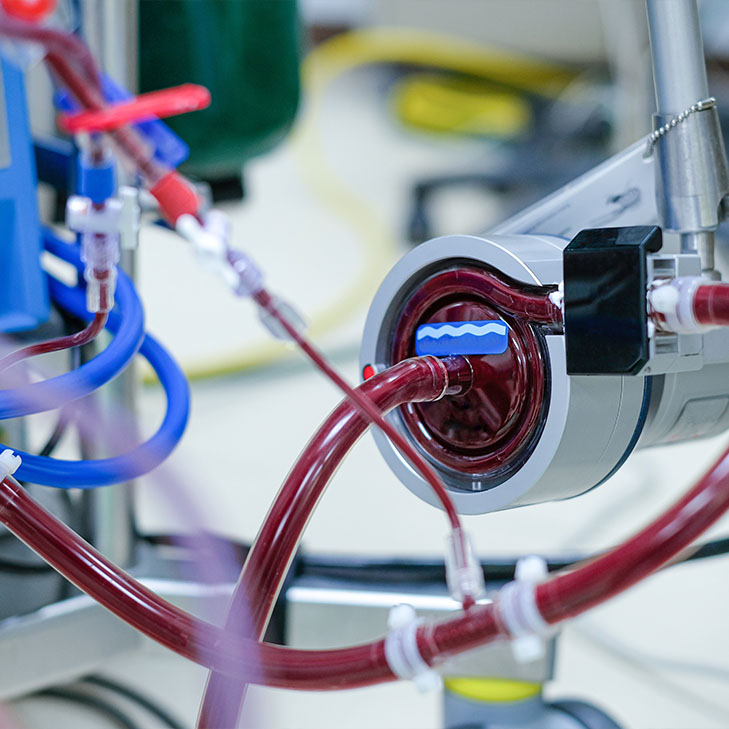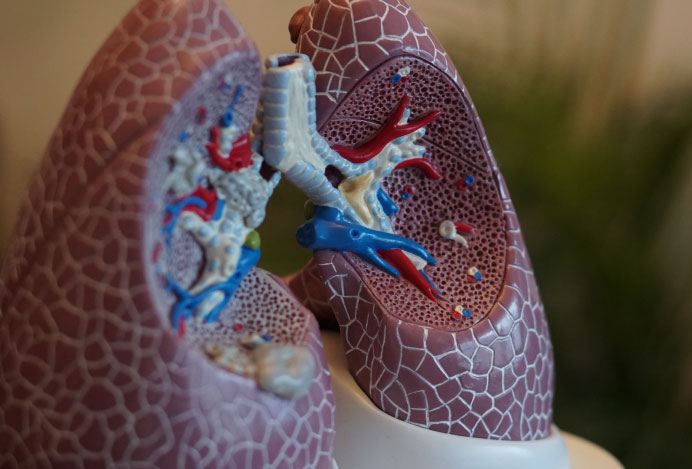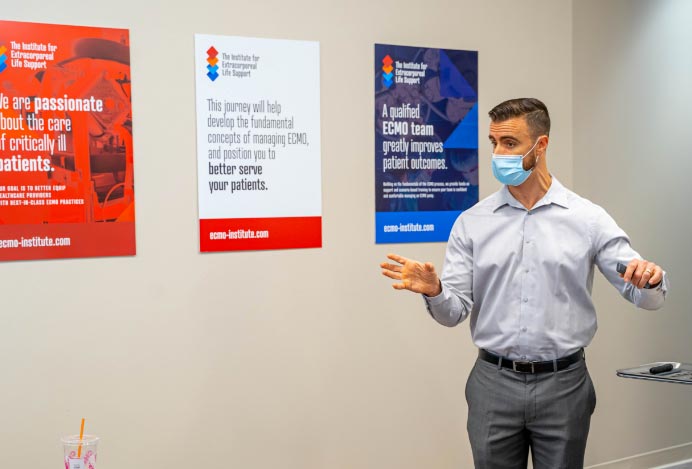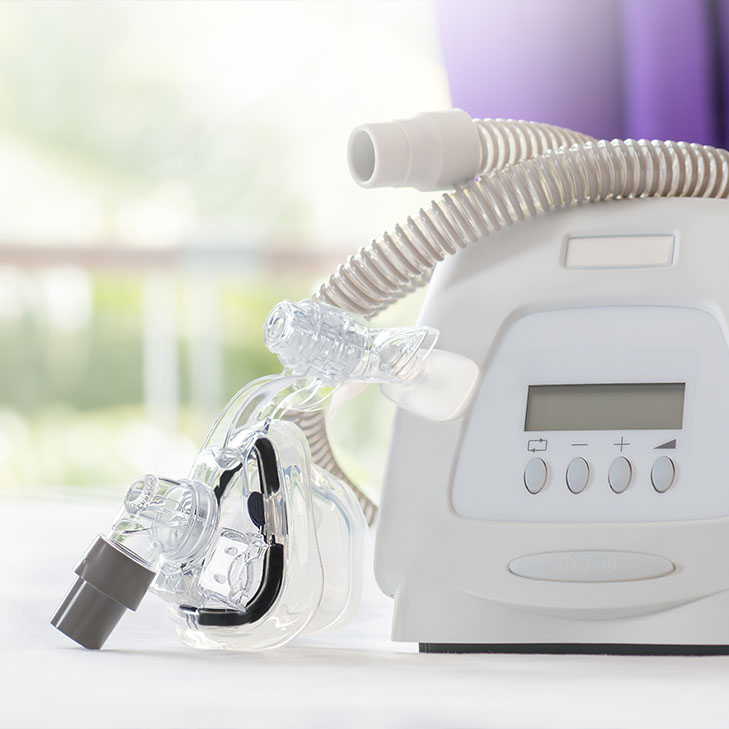
How to adjust to using a CPAP machine
How to adjust to using a CPAP machine
Untreated obstructive sleep apnea presents very real threats: it can increase your risk of high blood pressure, stroke, and heart attack, and has been linked to cardiovascular disease, diabetes, and even glaucoma.
Continuous positive airway pressure (CPAP) therapy is a primary treatment for obstructive sleep apnea. If you’ve recently been diagnosed, you may be currently looking for a CPAP machine or trying to adjust to life using one. And we know—it can be tough to get used to. After a life of sleeping without one, adjusting to wearing a mask every time you sleep—and knowing how to optimize the experience correctly—can be difficult.
Luckily, there are some tips to get used to sleeping with your CPAP—and avoid common mistakes:
- Ensure the right fit: So many problems with CPAP machines can be traced back to a bad fit. First, ensure you pick a mask type that’s right for you. Options include models that go only over your nose, over your nose and mouth, and countless other configurations and options. Second, make minor adjustments to improve seal and comfort. You can do this during the day, but your face contour changes when you lie down, so ensure you make final adjustments in bed.
- Get acclimated: You will likely have some trouble falling asleep with your CPAP mask at first, but you can ease the transition. First, try wearing just the mask when you’re awake, when you’re watching TV or reading, then try it with the machine turned on. That way, once you actually go to sleep, you’ll be used to the feeling of the mask and the transition won’t be
- Use the CPAP machine every time you sleep: Especially when you’re starting out, it might be tempting to skip a night, or catch an afternoon nap without a mask that still feels cumbersome. Start strong with a habit of wearing it every single night. Try working it into your nighttime routine—putting it on right after you brush your teeth, for example. Additionally, it’s a good idea to skip out on napping—at least for a while—while you’re getting used to a CPAP. You want to be tired and ready to sleep when you go to bed, and napping during the day can reduce your sleep debt and make that harder to do.
- Maintain good sleep hygiene: Good sleep hygiene is all about creating the environment and circumstances for a restful, full night’s sleep. That comes through lifestyle, habit, and practice changes. Some tips:
- Listen to your internal clock and go to sleep when you’re tired—and don’t go to sleep if you aren’t tired.
- Make sure your bedroom is comfortable, quiet, and dark. If you can’t control light and noise, try an eye mask and ear plugs
- Use pillows and mattresses that are comfortable and fit your sleeping style.
- Avoid things like alcohol, coffee, mobile phones, and food right before bed.
- Avoid a dry nose and throat: Sometimes, a CPAP machine can dry out the nose and the throat. Many models have built-in humidifier functions with heated tubing. Custom tailor the humidity to find the right fit for you or, if your machine doesn’t have a humidifier, use saline spray before bed.
Even though using a CPAP machine can make for a difficult adjustment, there’s good news: If you are taking the steps to actively treat sleep apnea, you are on the road to better health—and it gets easier. The more you stick with your routine, the easier it becomes.
At Texas IPS, our team of experts works with a diverse patient base to treat a wide range of sleep disorders, including sleep apnea. Reach out today to schedule an appointment.
About Texas IPS
Texas IPS, based in San Antonio, is an independent physician owned medical practice specializing in the treatment of pulmonary, sleep, and critical care medicine. Texas IPS’ knowledgeable physician staff is composed of highly trained clinicians dedicated to providing high quality care through a patient centered approach using advanced technology and innovation.
